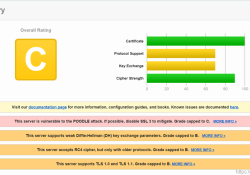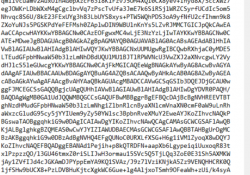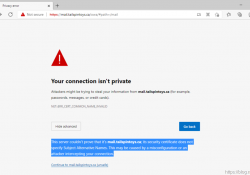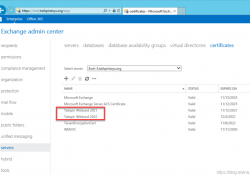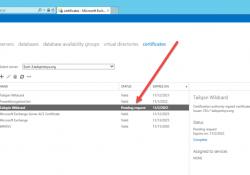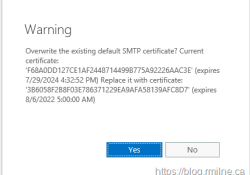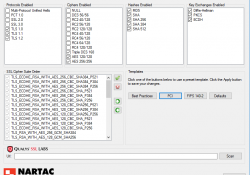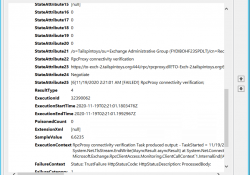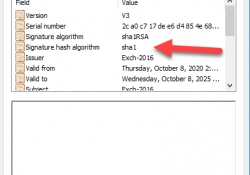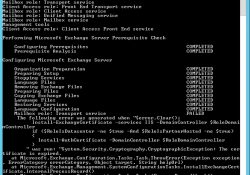Joys of Server 2012 R2 TLS Defaults in June 2022
Windows Server 2012 R2 was a great platform and was very widly adopted. Unlike it’s less popular step-sister, Server 2012. At least the R2 product had a start button, rather than the start pixel….
However, it really does show its age when viewed under a modern security lens. Unsurprisingly, things have changed from a security perspective over the last decade. Not all of the Server 2012 R2 defaul… Read the rest “Joys of Server 2012 R2 TLS Defaults in June 2022”
